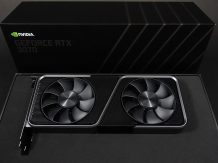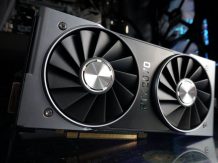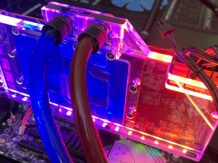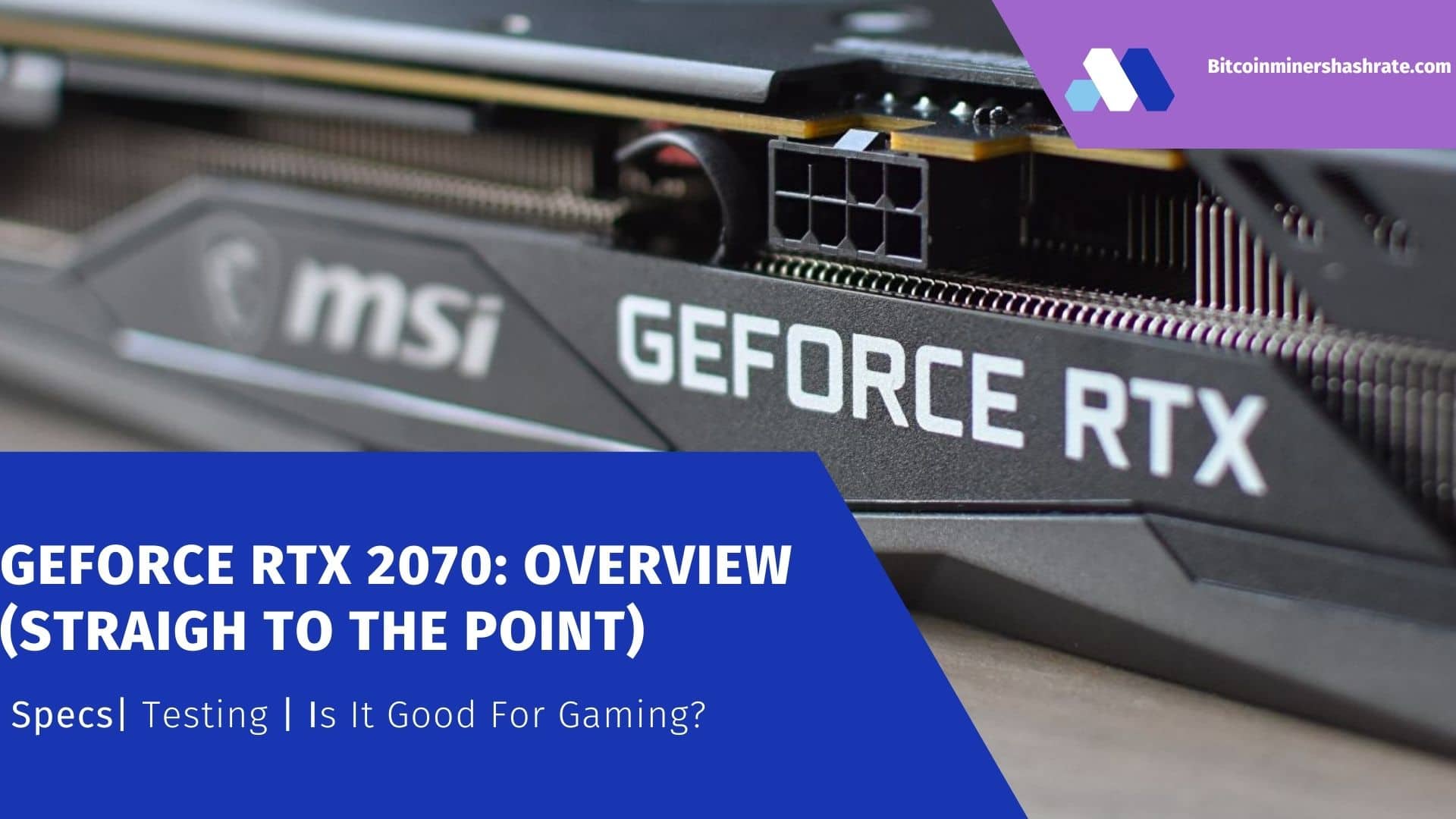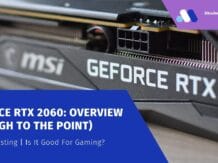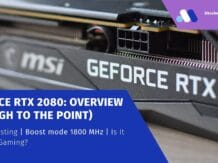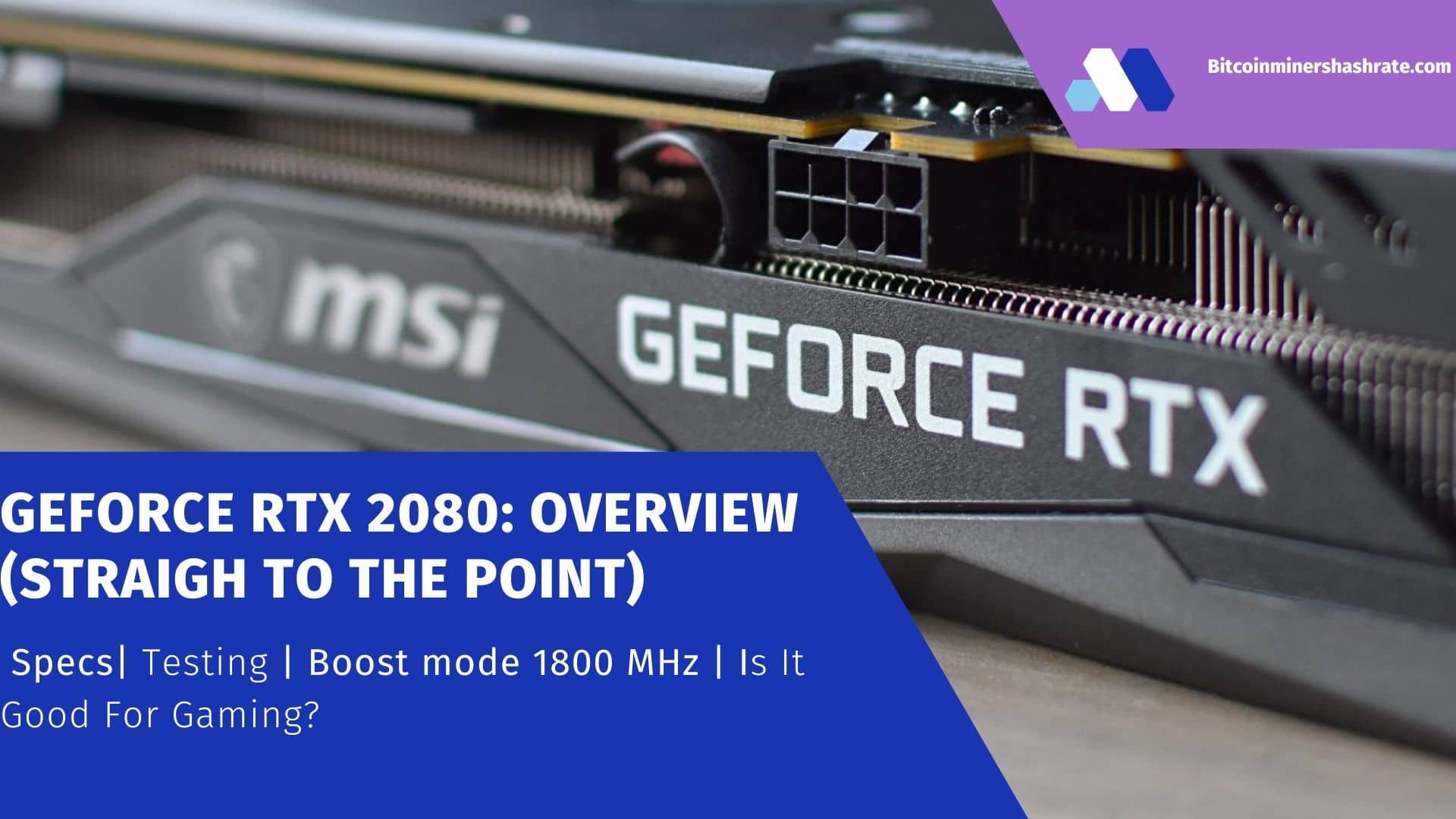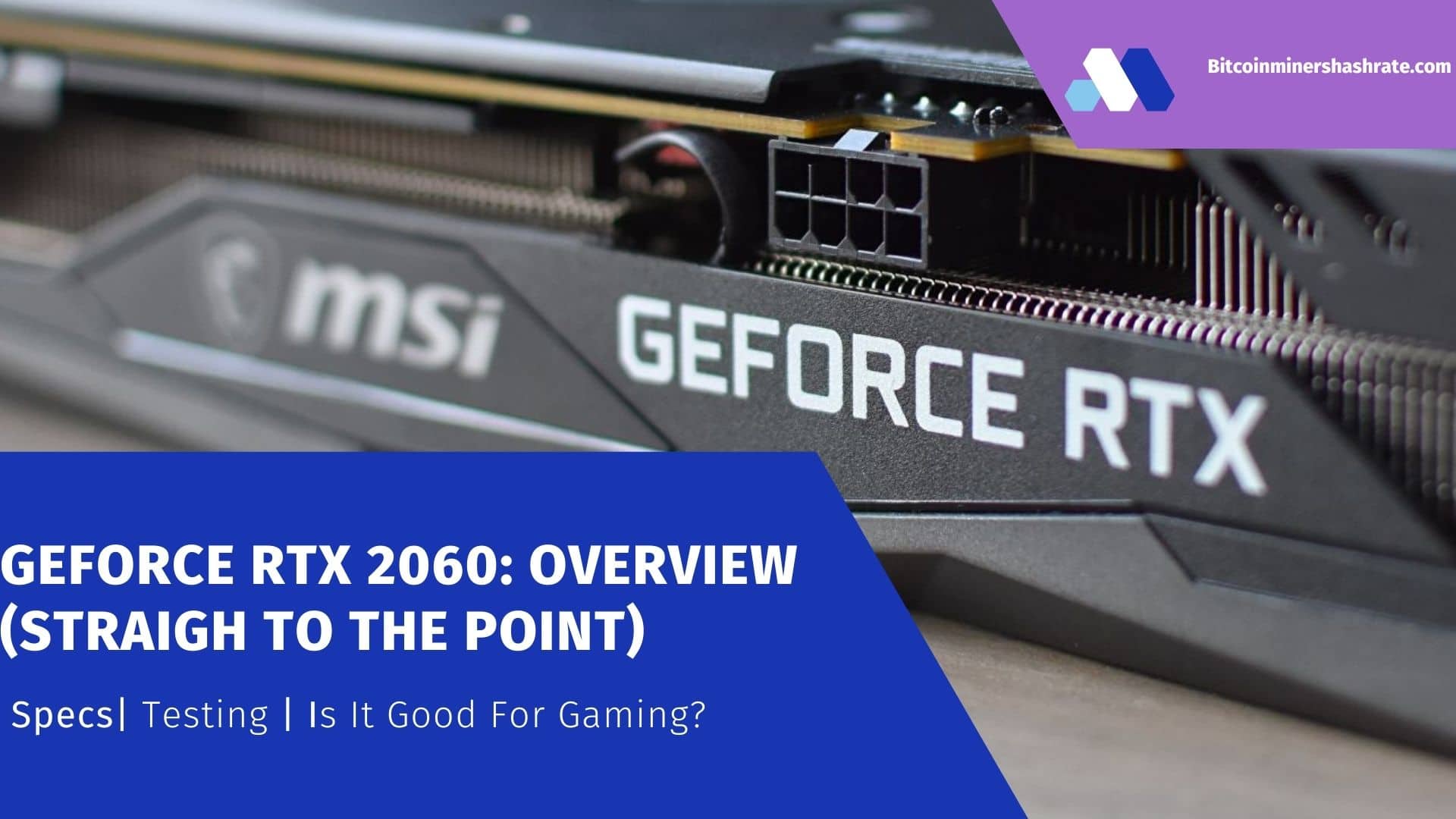GeForce RTX 2070: Overview | Test | Specs | Benchmark- Is it Good for Gaming (Boost 1710 – 1734 MHz) – GeForce RTX 2070 is the third video card of the new generation of the family Turing. This solution belongs to the top segment and is its junior representative. The announcement of the video card took place in August 2018, but the release of the Founders Edition version on store shelves was delayed, and at first models from NVIDIA partners such as MSI, Zotac, ASUS, Gigabyte were presented. But finally, the “greens” have launched the original version for general sale, and we can consider it in detail.
GeForce RTX 2070 Review, 20 Game Benchmark Breakdown
About the main innovation of Tiring graphics architecture – real-time ray tracing technology NVIDIA RTX – we wrote in a separate article. NVIDIA presented this innovation as a “breakthrough” in the field of graphics technology and, according to the Californians, should literally turn the idea of the visual component of computer games. But we have yet to verify this statement due to the fact that game projects that support this technology are still preparing for release. As they appear, we will definitely add game tests to this article. Note here that according to NVIDIA CMO Tom Petersen, the RTX 2070 is the minimum recommended model for the new ray tracing technology to fully work.
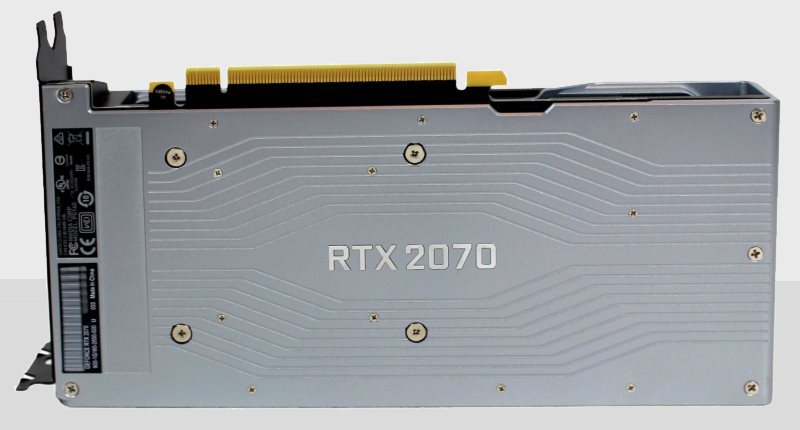
It is logical to assume that the novelty under consideration is positioned as the successor to the GeForce GTX 1070. However, its performance is at the level of the GeForce GTX 1080 model and even surpasses it, so we will compare it with this model.
GeForce RTX 2070: Specifications
| GeForce RTX 2070 | GeForce GTX 1080 | |
| GPU model (architecture) | TU106 (Turing) | GP104 (Pascal) |
| Technical process | TSMC 12 нм | TSMC 16 нм |
| Number of transistors | 10.8 billion | 7.2 billion |
| CUDA stream processors | 2304 | 2560 |
| Number of Tensor cores | 288 | – |
| Number of RT cores | 36 | – |
| texture blocks | 144 | 160 |
| Render Units (ROPs) | 64 | 64 |
| core frequency base | 1410 MHz | 1607 MHz |
| Boost Core Clock | 1710 MHz | 1734 MHz |
| Memory bus | 256 pages | 256 pages |
| Memory frequency | 1750 MHz | 2500 MHz |
| Memory | 8 GB | 8 GB |
| Memory type | GDDR6 | GDDR5X |
| Bandwidth | 448 GB/s | 320 GB/s |
| power usage | 175 W | 180 W |
| Min. system requirements | 550 W | 500 W |
| Maximum GPU temperature | 89 °С | 94 °C |
| Interface | PCI-E 3.0 | PCI-E 3.0 |
| Add. nutrition | 1x 8-pin | 1x 8-pin |
| SLI / NVLink | – | SLI |
The GeForce RTX 2070 received 36 RT cores and 288 Tensor cores, which are absent in Pascal architecture video cards. RT cores are used for the new ray tracing and tensor cores are used to support the new DLSS anti-aliasing mode. We talked about it in the GeForce RTX 2080 Ti review. Of the innovations, we also note the GDDR6 video memory, which gives a bandwidth of 448 GB / s, which is 40% more than that of the GTX 1080. But the new product did not receive SLI or NVLink support, unlike the two older video cards of the new series.
Appearance
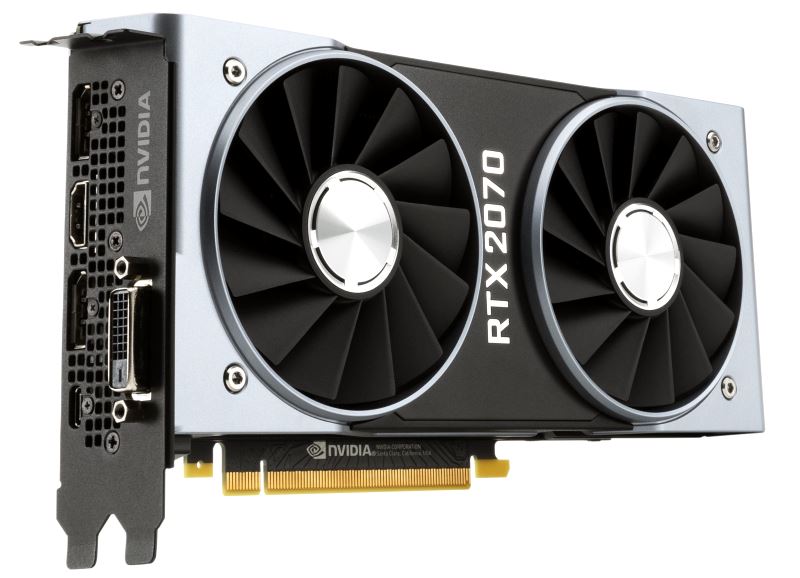
The video card in question has a new cooling system with two dual-axial 13-blade fans, instead of the usual “turbine”. The shroud is all-metal, which gives the card a premium look, but also makes it quite heavy, heavier than its predecessor. The new cooling system is several decibels quieter than previous GeForce GTX series graphics cards. However, there is also a minus – the non-stop operation of the fans even when the video card is idle.
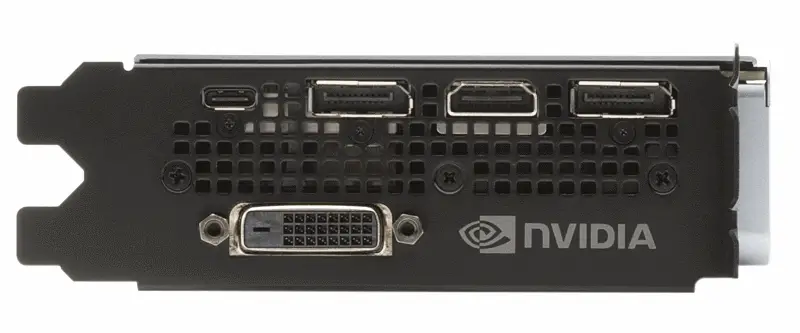
The classic version has one HDMI 2.0b video output, a pair of DisplayPorts 1.4, and Dual Link DVI-D. NVIDIA was the first to install the new VirtualLink interface in its video cards. This connector is similar to the Type-C port, and thanks to it, it became possible to connect virtual reality helmets to a computer with a single cable. Note that VirtualLink uses a completely different protocol for data transfer than Type-C.
Testing the GeForce RTX 2070 in games
The following bench configuration was used:
- processor Intel Core i7-6850K,
- motherboard MSI X99S MPower,
- memory G.Skill F4-3200C14Q-32GTZ (32 GB),
- SSD Plextor PX-256M6Pro (256 MB),
- Corsair AX1500i power supply (1500 W),
- operating system Windows 10 Pro x64,
- GeForce 416.34 driver.
The tests were carried out at maximum graphics settings. The table below shows the average number of received FPS.
Testing at a resolution of 2560 x 1440 px (QHD)
Testing at a resolution of 3840 x 2160 px (4K)
Conclusion
GeForce RTX 2070 at the end of 2018 is the third most powerful gaming graphics card of the new generation. It is great for games with a resolution of 2560 x 1440 and even more so for FullHD. But for the “maximum” in 4K, it is still rather weak. With the same starting price ($599) as the GeForce GTX 1080, the new adapter is slightly faster in gaming use.
In addition, the graphics card offers a number of new technologies. Let’s hope that innovations like ray tracing and tensor cores will really help game developers in the future to make their projects more spectacular in terms of graphics, while not losing performance.
